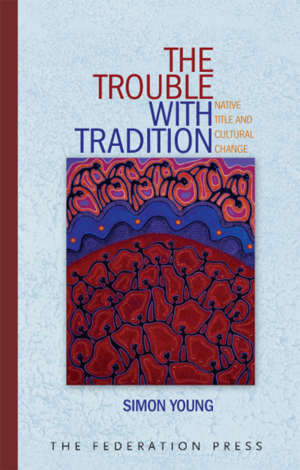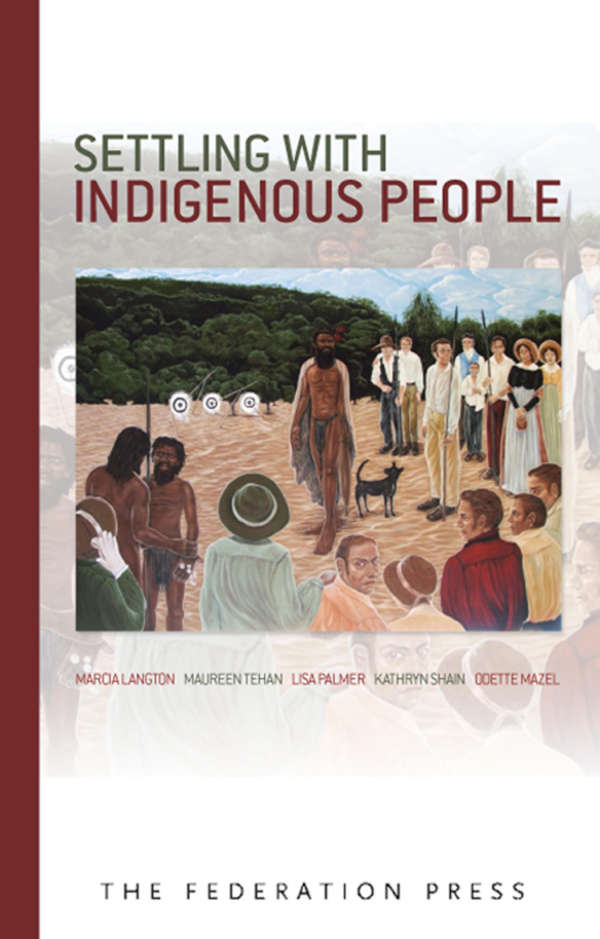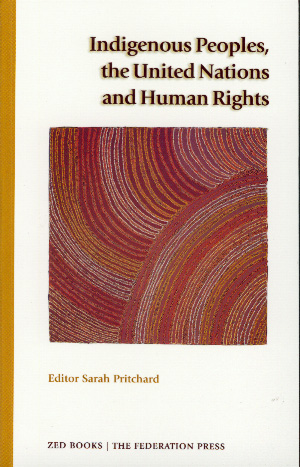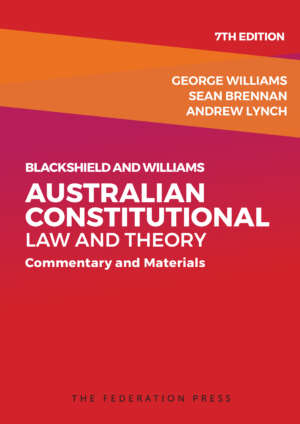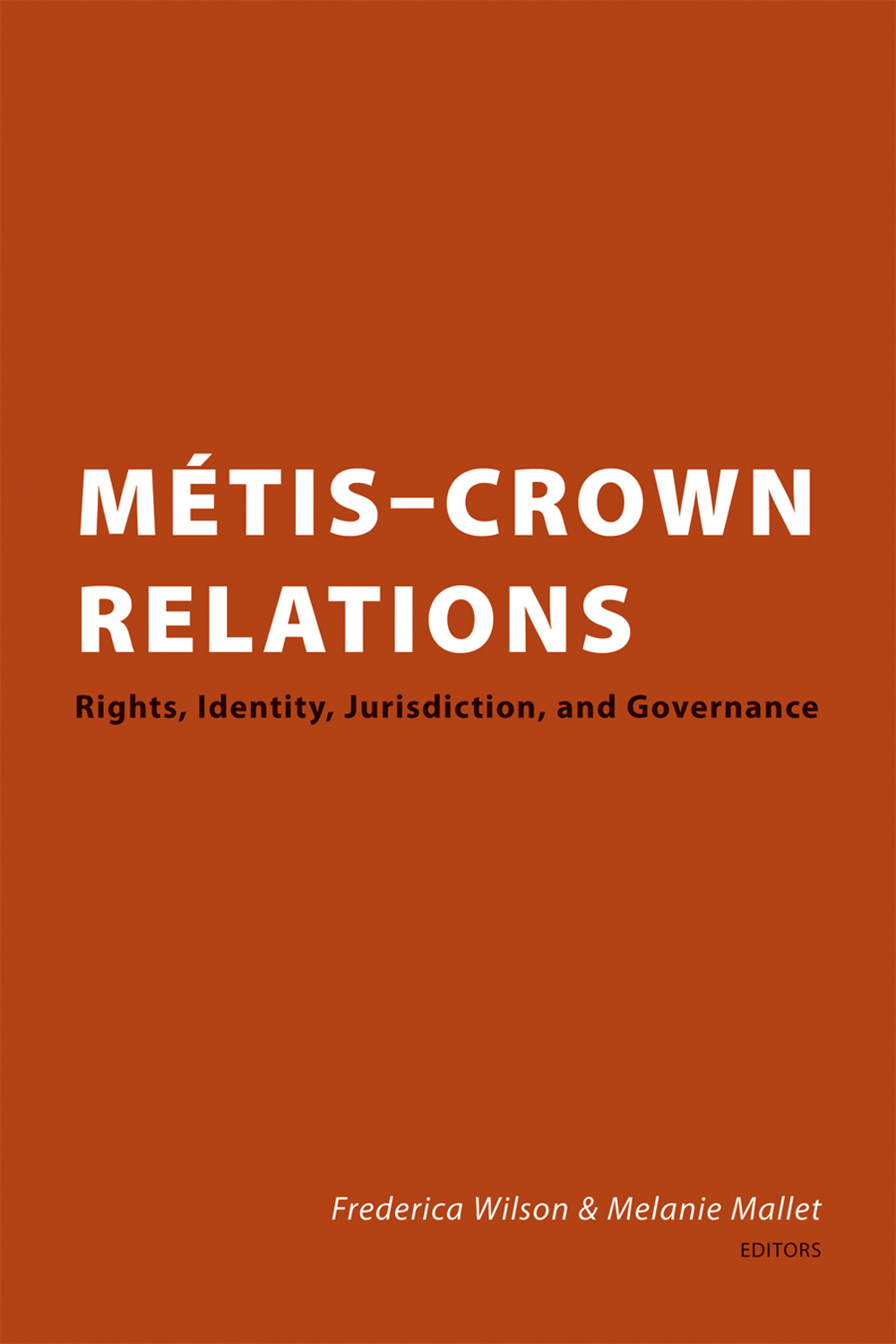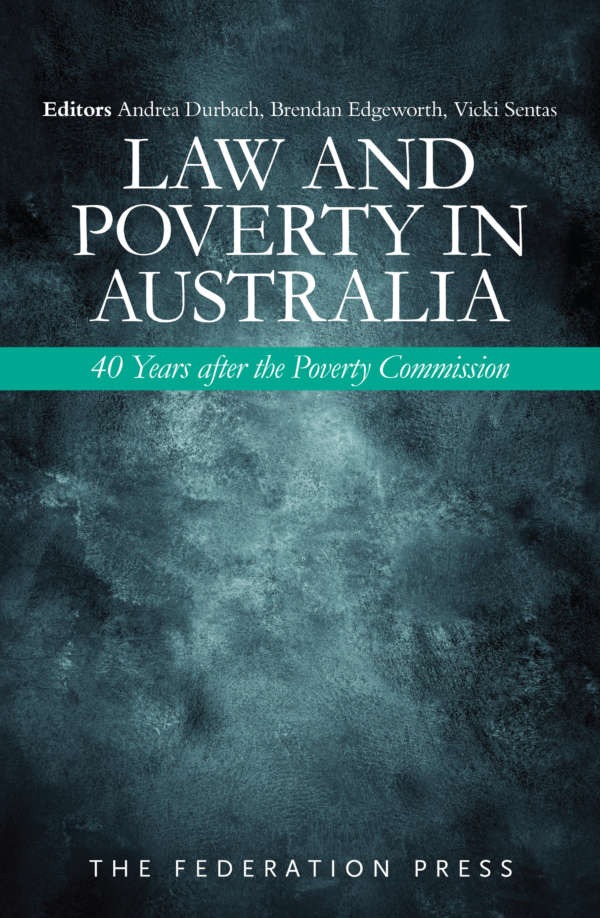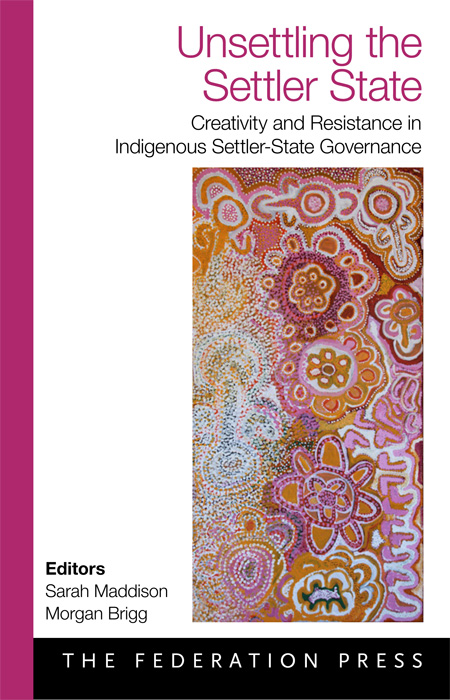Product Description
Cover image taken at Mangkuna (Corkbark) on Karajarri country in the Kimberley, Western Australia – November 2014. Photography by Edward Tran. © Copyright Kimberley Land Council.
This edited collection brings together some of Australia’s foremost experts in native title to provide a realistic assessment of the achievements, frustrations and possibilities of native title, two decades since the enactment of the Native Title Act 1993 (Cth), and after the most significant High Court decision on native title in more than ten years, Akiba v Commonwealth, which confirmed the existence of commercial native title fishing rights. The Indigenous and non-Indigenous authors come from a variety of disciplines and perspectives and include academics and practitioners from the fields of law, economics, anthropology, politics, history and community development. Uniting the book is a concern that native title make a real impact on the economic and social circumstances of Australia’s Indigenous communities.
The book consists of two parts.
Part One is entitled Legal Dynamics in the Development of Native Title. It examines the way in which Australian law has defined and often constrained the scope of this newly-recognised property right. There is a particular focus on legal issues with a direct bearing on the economic potential of native title, such as alienability and the right to trade resources and the challenges posed for anti-discrimination law.
Part Two is entitled Native Title as a Vehicle for Indigenous Empowerment. Authors provide an overview of the contribution made so far by native title and the prospects for future empowerment. Detailed mapping and analysis provides readers with a geographic orientation and a sense of realism about the economic potential of the native title estate, in comparison with achievements under a parallel statutory land rights regime. This part also explains some of the challenges Indigenous groups face in areas such as governance, land reform and internal politicking, as they operate in the shadow of the law, seeking to utilise native title for greater empowerment.
_______________________________________________________
Click here to view and listen to the Indigenous Empowerment panel discussion which includes video and audio webcasts, photos and a review essay.


